Carrying 8 scientific instruments, the lander and a self-propelled robot of the Luna-25 mission were expected to carry out missions to search for water ice and analyze terrain - creating the premise for larger Russian missions in the future...
But then, on August 20, Russia received two pieces of bad news in quick succession. First, the Russian space agency Roscosmos noticed an abnormality in the spacecraft after a serious engine burn-out while attempting to lower its orbit around the Moon.
Just hours later, Roscosmos received a second piece of news when it had to admit Luna-25 had been a complete failure – the spacecraft crashed straight into the Moon. "The spacecraft moved into an unpredictable orbit and ceased to exist due to impact with the lunar surface," Roscosmos said in a statement to The Guardian .
There was no landing on August 21. Russia’s first “Moonshot” in nearly five decades failed.
Of course, Russia will quickly set up a special interdisciplinary commission to investigate the cause and draw lessons for future lunar exploration efforts.
No fear of failure...
Throughout its history of space exploration, the Soviet Union encountered many failures. What is special is that each time it failed, lessons were learned to improve for the next time. Therefore, only the Soviet Union had the first artificial satellite (Sputnik 1) and the first astronaut (Yuri Gagarin) to fly into space. Only the Soviet Union was able to successfully carry out the first landings on the Moon...
Russia is the same now.
In fact, it was Yuri Borisov, head of the Russian space agency Roscosmos, who said before Russia launched Luna-25 that "the Luna-25 mission is highly risky, with only about a 70% chance of success."
This shows that Russia understands the difficulties and challenges of landing in a dark, dangerous South Pole region that no other country has done on the Moon. All previous spacecraft flying to the Moon landed in the equatorial region.
On the day of the Luna-25 crash, Russian state television reported the Luna-25 crash on the Moon at number 8 on its noontime broadcast list, and for just 26 seconds, The Guardian reported.
Russia and China are cooperating to build the International Lunar Research Station (ILRS). Photo: Fotolia / Vadimsadovski
However, the failure of Luna-25 did not prevent Russia's plan to explore the Moon in the 21st century.
In June 2021, Russia announced a roadmap for building an International Lunar Research Station, together with China, in St. Petersburg. The statement said that Russian super-heavy launch vehicles would accompany China in launching the main infrastructure for the ILRS in the 2030s.
"Lunar research is not the main goal"
"The goal is not to study the Moon. The goal is to compete with the two superpowers China and the United States and some other countries when they also want to assert the title of space superpower," said Vitaly Egorov, a famous Russian space analyst.
“While scientists can ‘integrate’ the lunar water research mission, for Roscosmos the main task is simply to land on the Moon – to restore the lost expertise from the Soviet Union and learn how to carry out this task in a new era,” Vitaly Egorov added.
Meanwhile, Roscosmos said it wanted to demonstrate Russia "is a country capable of delivering a payload to the Moon" and "guarantee Russia's access to the lunar surface".
"From a purely scientific point of view, of course, the role of humans has returned to 'zero' in the study of all planets/satellites in general, including the Moon. Robots can do a lot, they are much cheaper and safer, and if the flight fails, there will be no casualties," astronomer Vladimir Surdin, a senior research fellow at the Sternberg State Astronomical Institute at Lomonosov Moscow State University, told Sputnik.
"The important thing here is to prove to everyone that we were the first, that we can do it... Now the Chinese want the same. Their billions of people will be very happy to have a Chinese person on the Moon. Roscosmos also plans to send people there," said Vladimir Surdin.
"Putin's Key"
The Washington Post commented that the latest spaceport is a pet project of Russian President Vladimir Putin and is "key" to his efforts to make Russia a space superpower.
Russia has been working for years to get its new Vostochny Cosmodrome to launch rockets independently – to replace the Baikonur Cosmodrome. Photo: Matthew Bodner/SpaceNews
The new airport is called Vostochny, located in the Russian Far East, 5,550 km east of Moscow. Vostochny was created to transfer Russian launches from the Baikonur Cosmodrome in Kazakhstan, so that Russia does not have to rent and depend on Baikonur since Kazakhstan declared independence.
The Vostochny Cosmodrome is a major infrastructure project of political and economic significance, worth 150 billion rubles ($2.24 billion), personally overseen by President Putin. It is seen as a powerful symbol of Russia's modernization under President Putin.
Located in the remote Amur Oblast region, the construction of the Vostochny cosmodrome here shows Moscow's efforts to turn this region into Russia's space science and industry center.
“The road to the stars begins here” – a sign just outside the entrance to Vostochny, located below the monument to Russia’s new Angara rocket (the future of Russia’s space program) – speaks to the country’s long journey to regain its status as a space superpower.

Source



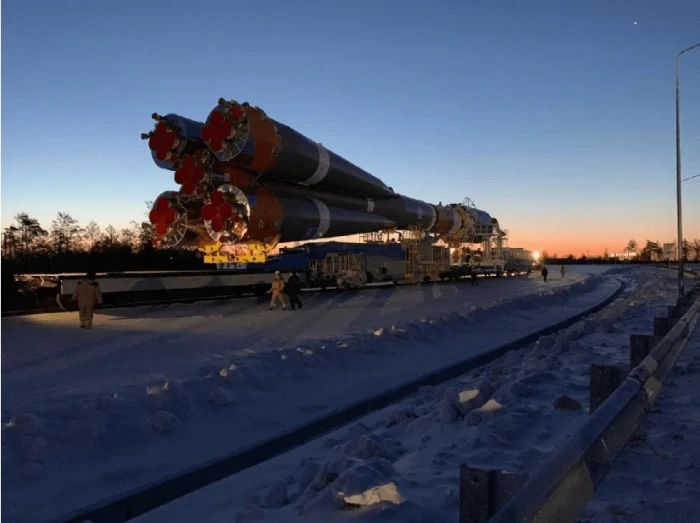
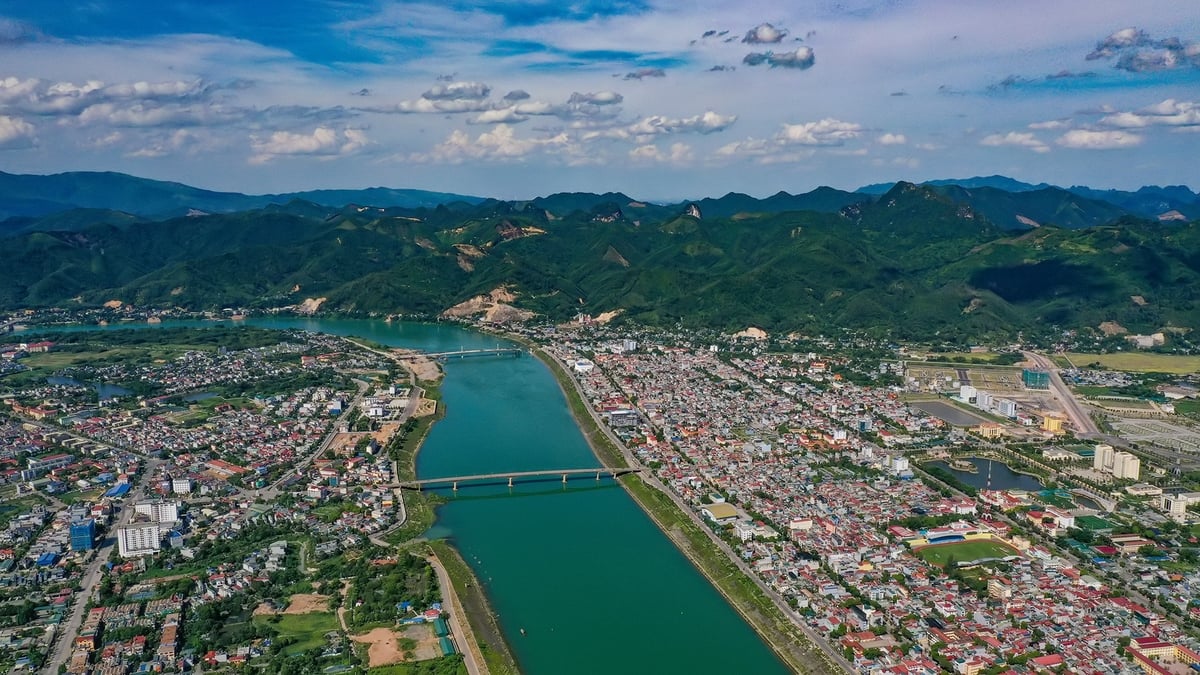
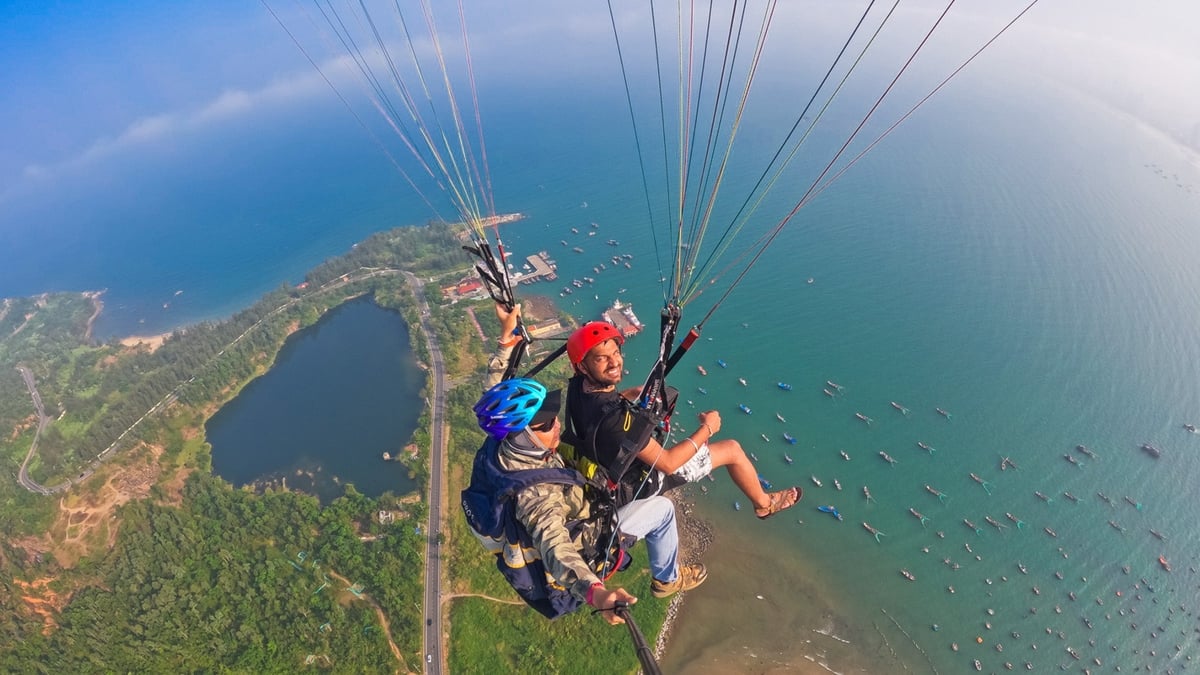
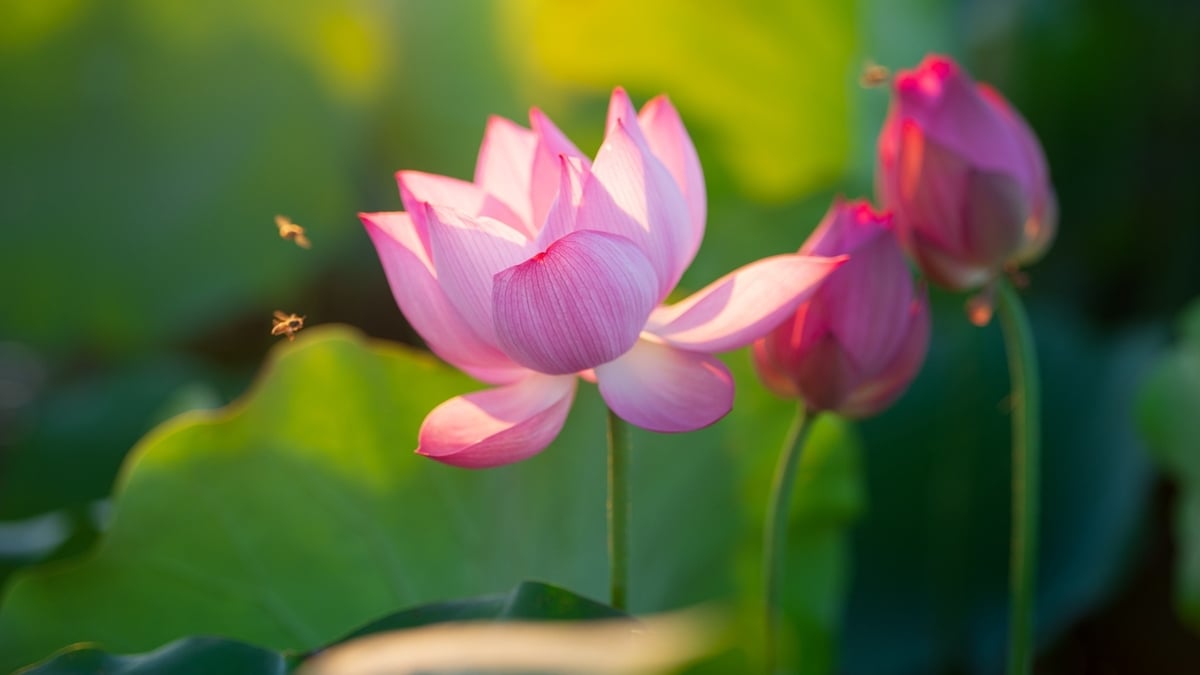
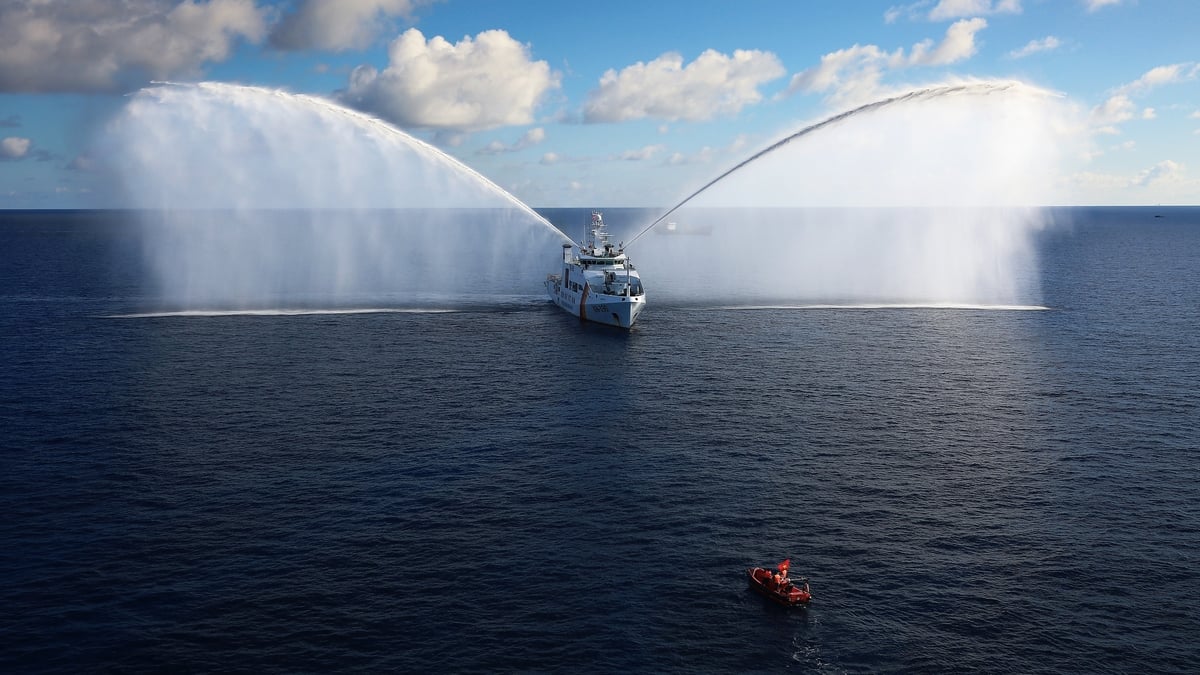

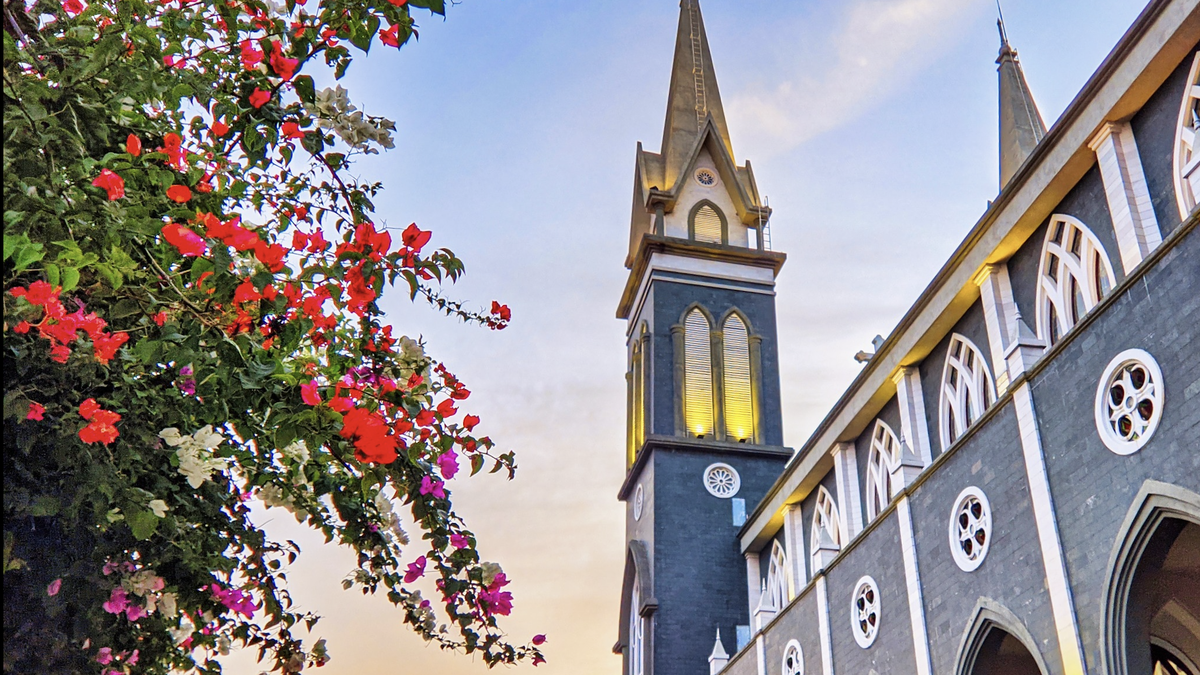


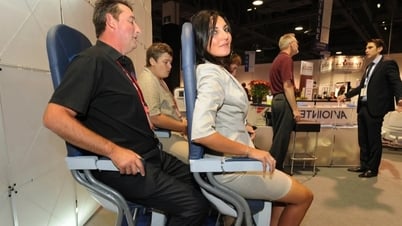
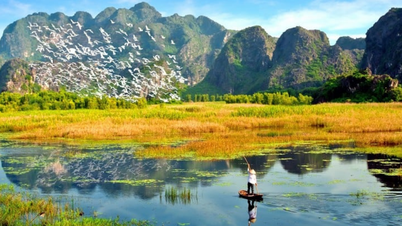















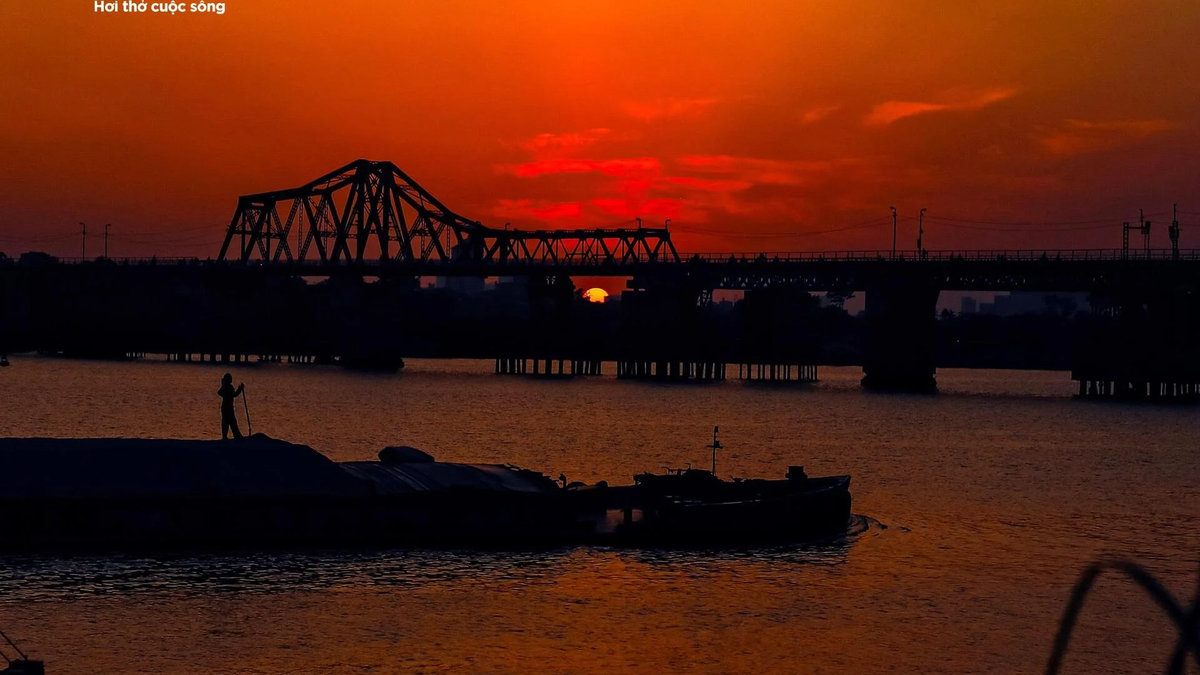
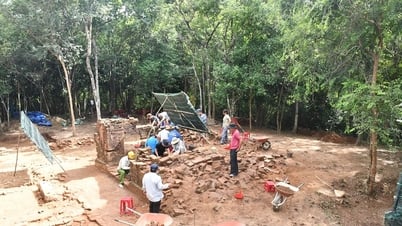



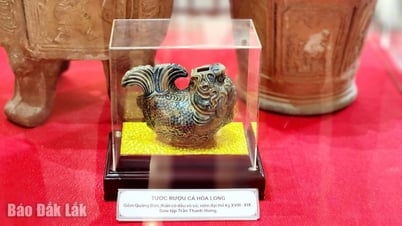



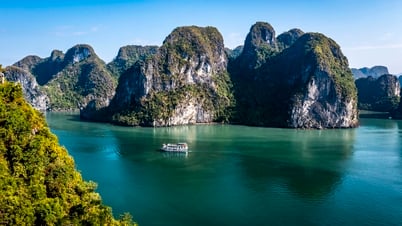






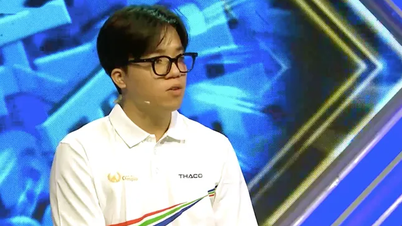










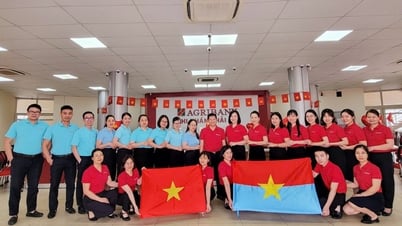

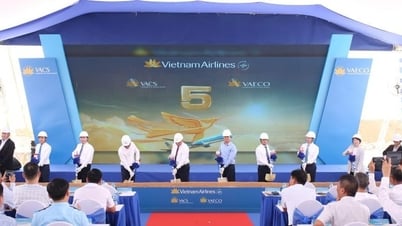


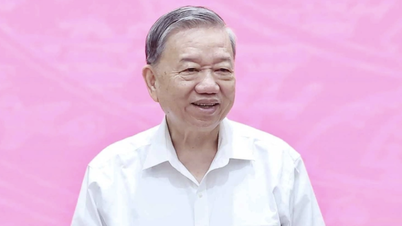
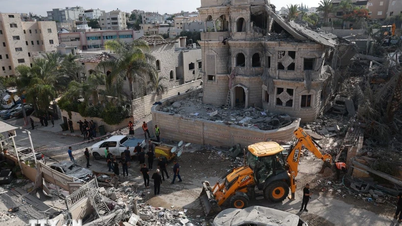

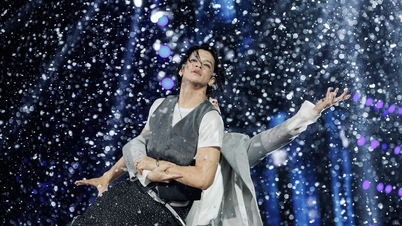



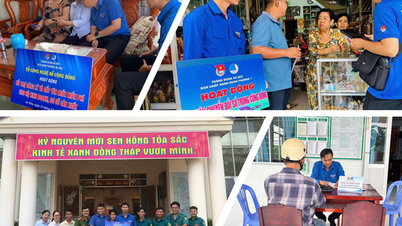

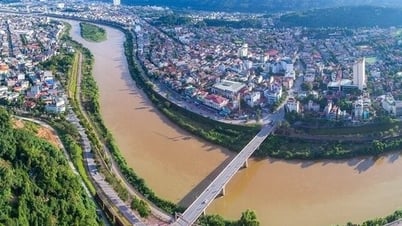


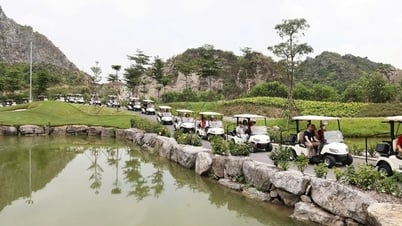
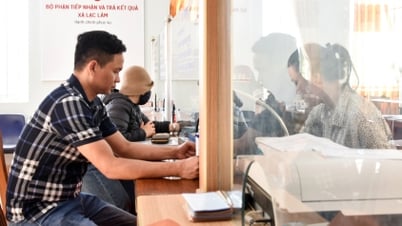


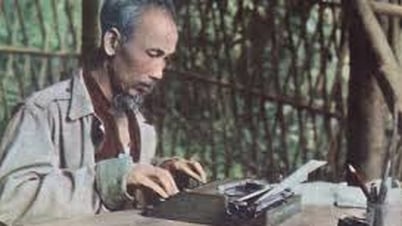

















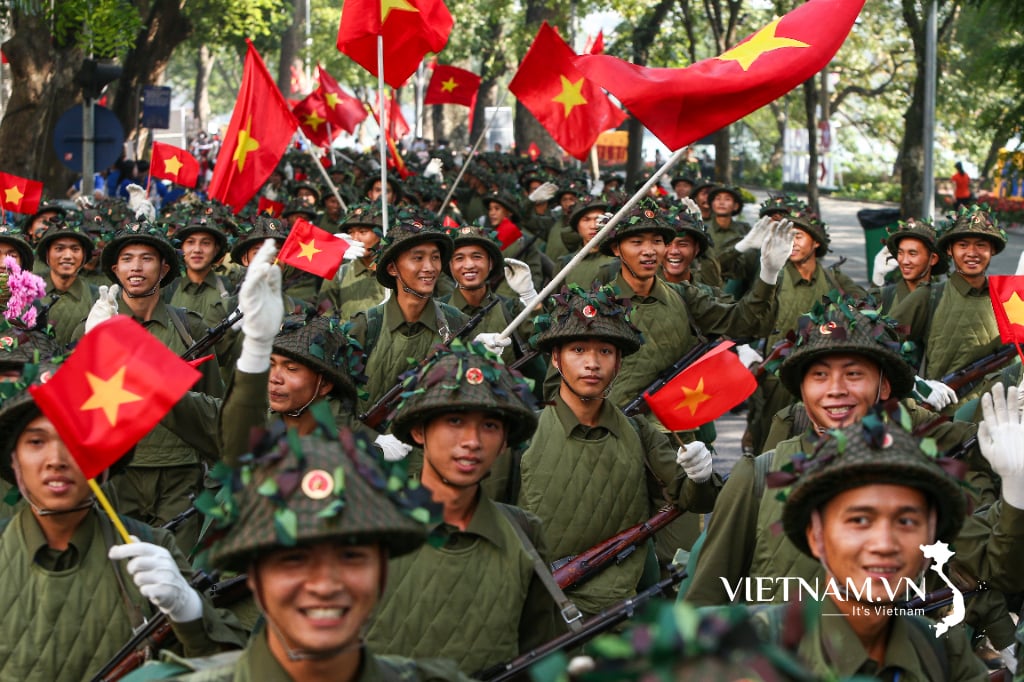

Comment (0)